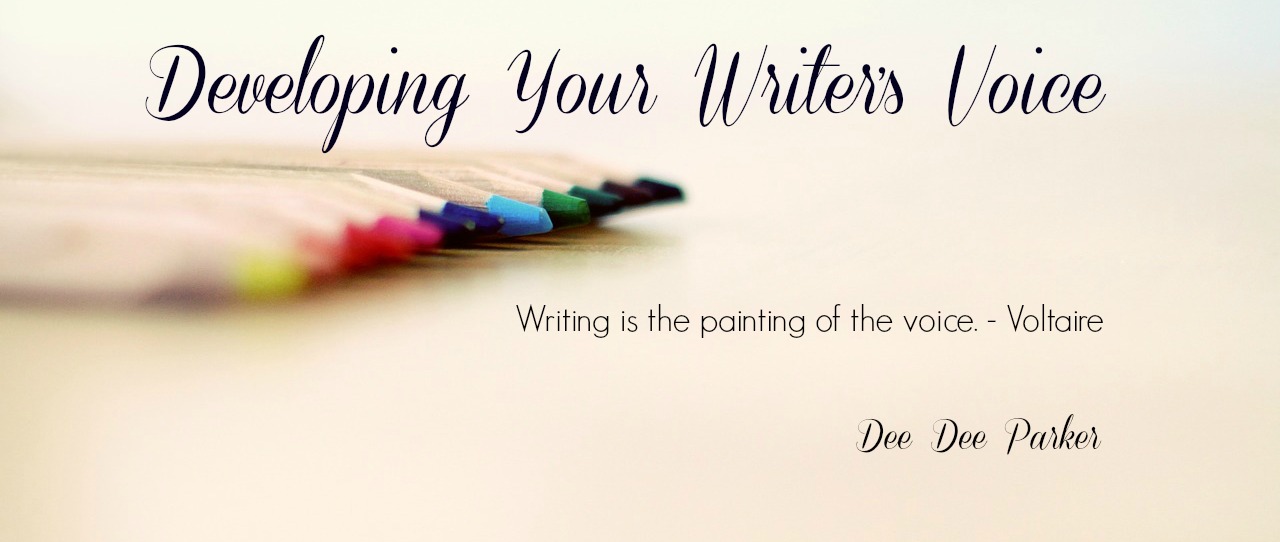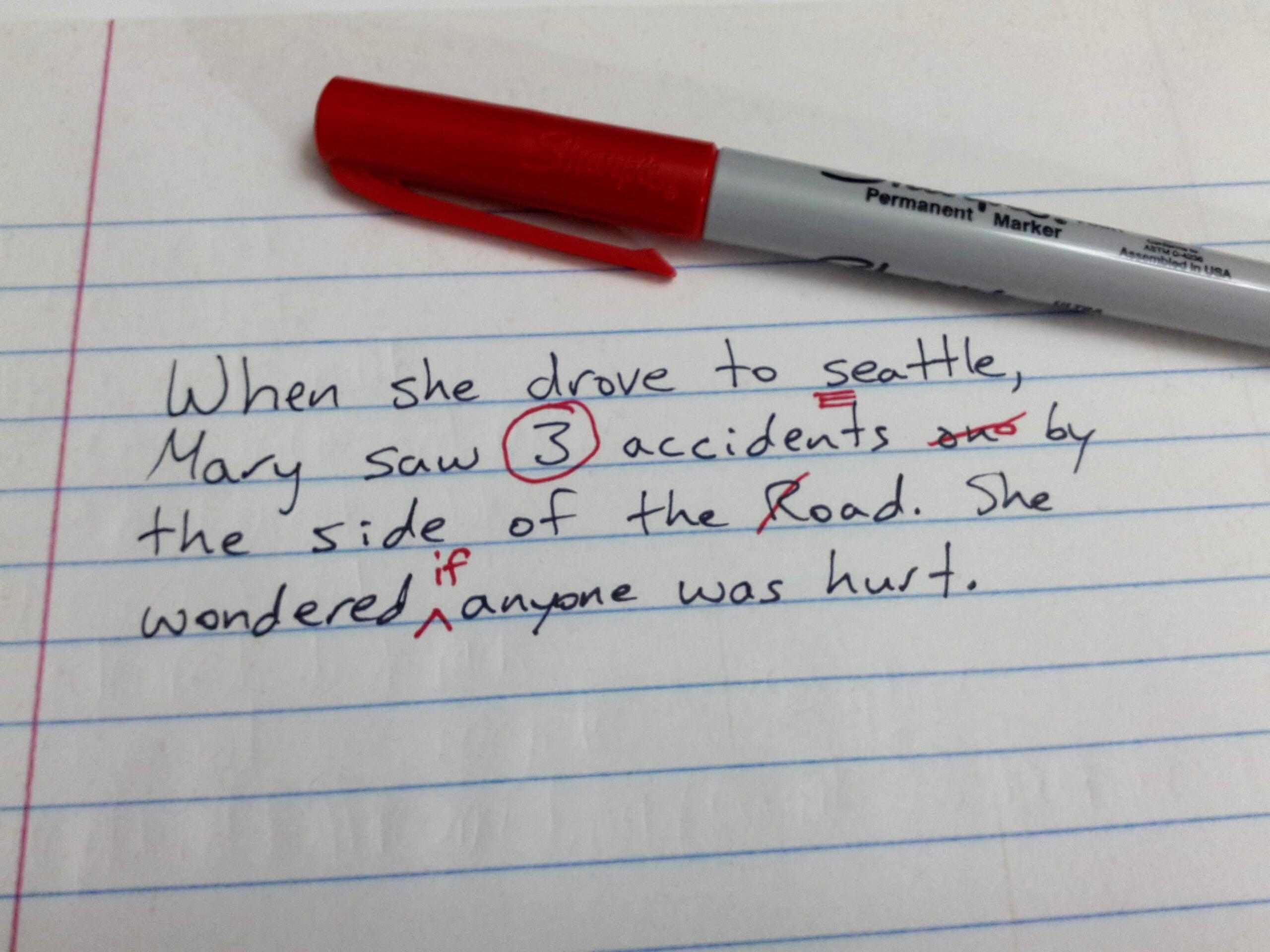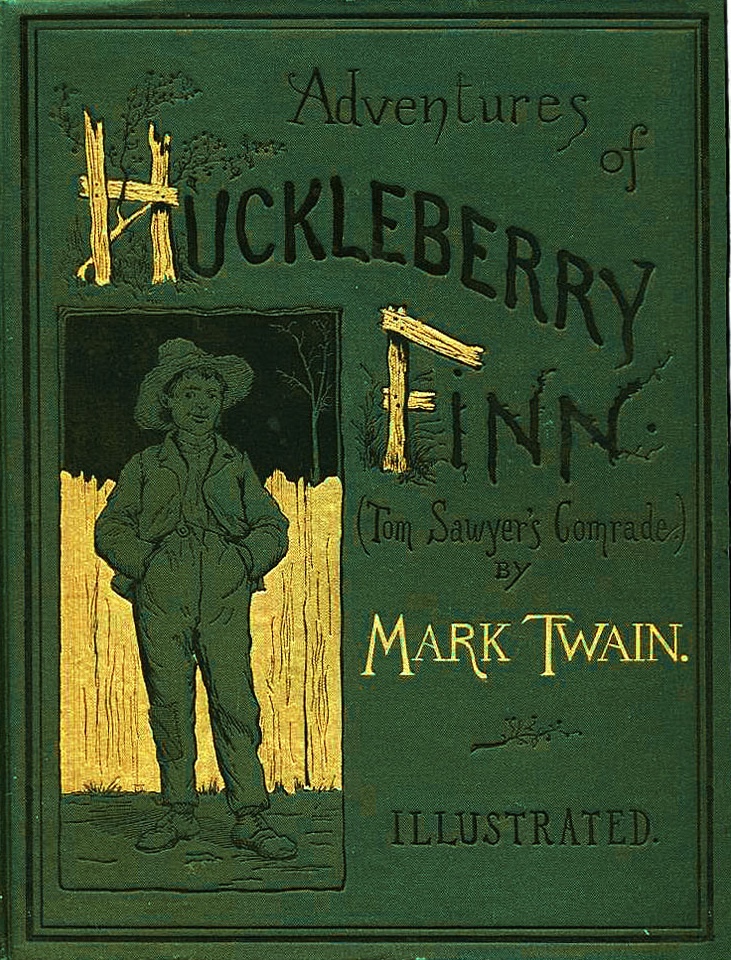
Prepare Yourself
“I will prepare and one day my chance will come.” – Abraham Lincoln Much of life is about preparation.…
October 27, 2015
“I will prepare and one day my chance will come.” – Abraham Lincoln Much of life is about preparation.…
October 27, 2015
A writer’s voice is the unique personality of the writer that comes through on the written page, defining his…
October 21, 2015
Hi new friends. My name is Dina Sleiman. In addition to being a published author myself, I’m an acquisitions…
September 28, 2015
Jesus Christ described the incredible power of one. Studying for a sermon series recently called The Power of One,…
September 22, 2015
Andrew McCarthy, guest editor of The Best American Travel Writing 2015, says that the best travel writing is “the…
September 16, 2015
“The sky looks ever so deep when you lay down on your back in the moonshine; I never knowed…
September 15, 2015
At a writer’s conference, a contest judge once shared with me that he could pick my voice out of…
September 13, 2015
Last month I introduced the concept of rhetorical devices. We started with a couple familiar devices that students of…
September 10, 2015
Mr. and Mrs. Character, Characters have always been my favorite aspect of writing. I create stories for my characters…
September 7, 2015